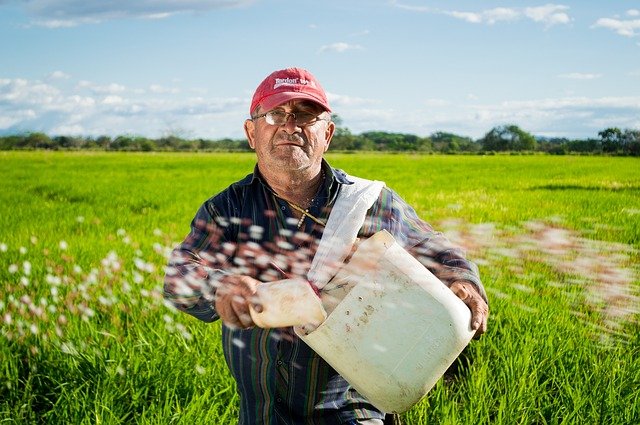Scientists assess the evidence that intensive livestock farming causes pandemics and discover that intensive farming may actually reduce the risk of future pandemics when compared to 'free-range farming.
 |
| intensive farming |
Following COVID-19, many have pointed to modern industrial farms with densely packed livestock as potential breeding grounds for future pandemics caused by "zoonotic" diseases: those transmitted from animals to humans.
Researchers now argue that free-range alternatives, which require far more land, would increase encroachment on natural habitats and increase the possibility of diseases carried by wild animals coming into contact with humans and crossing the species barrier.
A team of researchers led by Cambridge University found a lack of sufficient evidence to conclude which method of farming is least risky in a paper published in Royal Society Open Science, and say there is evidence that shifting away from intensive farming may actually increase the risk of pandemics. They advocate for more research before changing policies or incentivizing a specific type of farming.
"High-yield or 'intensive' livestock farming is blamed for pandemics, but those calling for a shift away from intensive farming frequently fail to consider the counterfactual - the pandemic risk of farming less intensively, and especially the implications for land use," said lead author Harriet Bartlett, a PhD candidate at Cambridge's Department of Zoology.
"When compared to high-yield farms, low-yield farms require far more land to produce the same amount of food." A widespread shift to low-yield farming would destroy and disrupt vast areas of natural habitat. "By disturbing wildlife that could host the next pandemic virus and increasing contact between wildlife, people, and livestock, we increase the risk of viral spillover," Bartlett said.
According to the researchers, we now produce four times as much meat as we did in the 1960s. The majority of our meat, eggs and dairy products now come from intensive farms, but such farms are considered risky due to crowded conditions that increase the likelihood of diseases 'taking off and spreading quickly.
However, intensive farms require less land than extensive, or 'free range,' farms to produce the same amount of food - both for feed and for animal rearing.
According to the researchers, increasing demand for livestock products has resulted in dramatic habitat loss, which means we are now farming in areas where livestock and people come into frequent contact with wildlife. They claim that increased contact with disturbed, stressed, and infected wildlife increases the likelihood of zoonotic virus transmission to humans or livestock.
"If we switched from the current system to one based on extensive farming, we would require significantly more land to meet demand, resulting in the conversion of habitat roughly the size of Brazil and India between 2009 and 2050," paper co-author Prof Andrew Balmford said. "This could lead to more contact between people, livestock, and stressed wildlife, including wildlife that could host the next pandemic virus."
"Intensive farms may face a higher risk of takeoff, but extensive farms may face a higher risk of spillover," he explained.
According to the researchers, it is currently impossible to determine which types of farms pose the least risk overall because we simply do not know which risk is more important for preventing future pandemics.
"COVID-19 has demonstrated the enormous potential impact of zoonotic diseases," said Bartlett, adding that "more research is urgently needed to identify how we can reduce the risk of another pandemic."
Source: CAM
Reference: Open Sci. 9: 211573. https://doi.org/10.1098/rsos.211573
